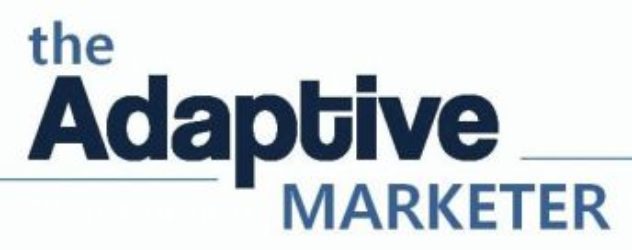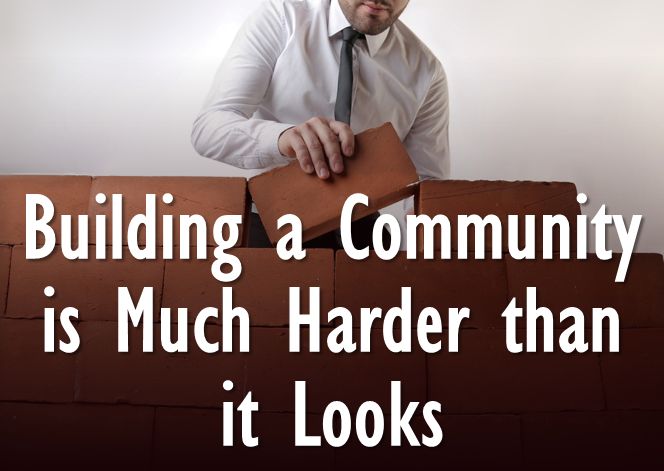I have had the privilege of working with online communities for over 10 years. In the technology world, online communities -mainly forums- are a fundamental part of how people learn, share and help each other with technical questions.
As companies evolve their thinking about how how to leverage social media, CMOs are realizing social media is not a strategy, but a tool to support a strategy. This was one of the central points for my Web 2.0 presentation almost a year ago. The freedom that social media strategists enjoyed to experiment (and spend) without any ROI measurment is coming to an end. As Mike Svatel told me yesterday, pageviews don’t make payroll.
I started wondering what was the success rate and what was the longevity for online communities. Marketers celebrate the launch of a new community but no one talks about a community that dies. So I went back to the press releases from major community vendors to see how the communities they bragged about a year or two ago were doing now. The results are captured in my latest slideshare presentation.
Please note, my intention is not to discredit or attack community platform vendors, the companies or the marketers behind these communities. My goal is simply to point out building communities is really hard. I believe internal (employee-facing) have the potential to transform gow businesses operate (in a good way) and I have always believed in the value of support communities. Maybe this is why Gartner puts social suites right at the trough of Disilusionment in their latest hype cycle.
Customer-facing standalone community sites can be successful when you have a very loyal following. When I was responsible for developer comunities at Microsoft it was easy because developers make their livelyhood on their knowledge related to Microsoft technologies. Developers and IT Pros advertise their Microsoft certifications on their business card. There are thousands of user groups (offline communities) worldwide. It’s their livelyhood.
Harley Davidson can pull it off because the members of HOG are a community of people who represent a lifestyle. people tatoo the Harley logo on their body. Unless your customers tatoo your brand on your bodies or self-organize in user groups around the country, building a standalone community site is really hard.
Marketers want to own the conversation. But they can’t. It was years ago ben McConnel and Jackie Huba wrote about the shift of control to customers. Brands can’t create a community. They can participate, foster, enhance a community. Because a ommunity is not a site or a marketing campaign. After all, a community is about the relationships between like minded people and the ideas they exchange.
October 2014 Update: This post was originally written in 2010 and I think it is still very relevant today. I want to update in two areas:
– An updated presentation is available here http://www.slideshare.net/gerardodada/building-a-community-9701646 (also 3 years old but probably more useful than the original)
– Can you build a community? a recent question in Quora asked why Facebook beat MySpace and Friendster, here is my answer, which is very relevant to the topic.
In social media, many initiatives aim to create community. But you can’t. You support an existing community. MySpace tried to create a community but was really, as its name implies, a personal website builder. There were no connections between people.
Facebook started with community: with a handful of universities. It was intended to be a digital yearbook. A yearbook is not a community, it only captures faces and names for the school community that already exists.
When Facebook started it was aiming to capture that existing community, where there was already a very strong sense of belonging, and personal connections were already there. The network effect helped it ‘tip’ to the point no one wanted to be excluded from being in the ‘digital yearbook’
Once they had critical mass an momentum, Facebook started expanding to other universities and eventually to everyone. But by then they had a foundation based on personal connections that promoted belonging to that community tot heir friends.
Eventually, by focusing on enabling end strengthening those connections, Facebook became the largest social network in the world.


